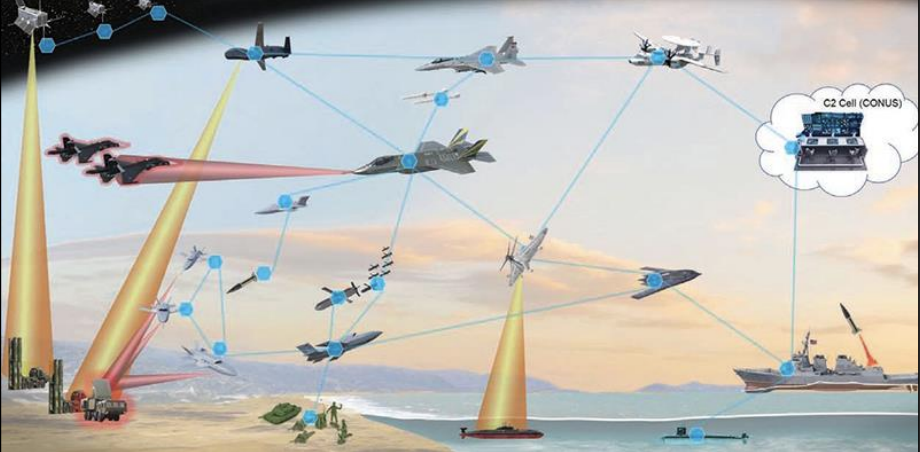
Report to Congress on Joint All-Domain Command and Control
The following is the Jan 21, 2022 Congressional Research Service report, Joint All-Domain Command and Control: Background and Issues for…
Copyright 2024 U.S. Naval Institute. All Rights Reserved.